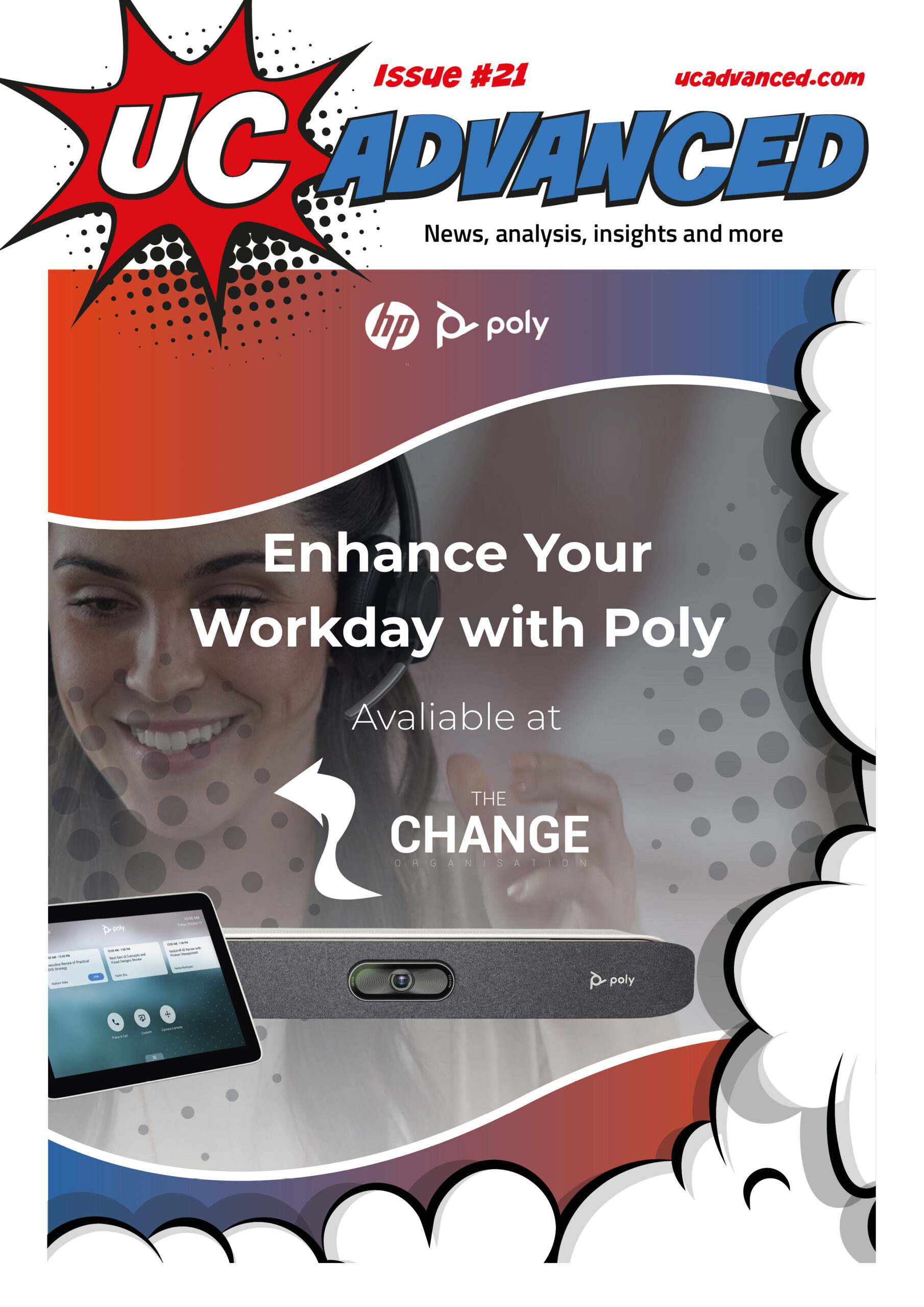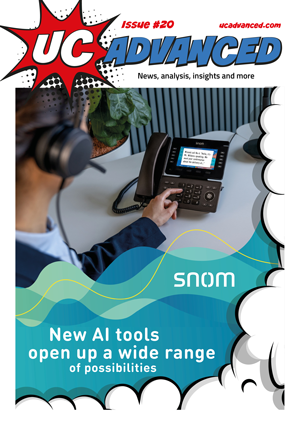In a recent blog, Wajih Kazmi, RingCentral’s Senior AI Product Marketing Manager, wrote about “10 key factors impacting customer effort score and how to fix them”.
Kazmi explains, that customer effort score (CES) is a key metric that helps businesses gauge how easy or difficult it is for customers to get what they need. The lower the effort required, the more likely customers are to stay loyal to the business or brand. One can imagine this is the “Ease of Use” rating, but it’s not. Low is good, and a high CES can “drive customers away”. CES is typically measured using post-interaction surveys, asking customers to rate how easy or difficult their experience was on a scale.
Unlike other metrics like net promoter score (NPS) and customer satisfaction (CSAT), CES focuses on the level of effort a customer must exert to complete an action, whether it’s resolving an issue, making a purchase, or getting support.
Kazmi then goes on to name 10 factors that impact CES, and thus if you have a high CES, and you’re responsible for fixing it, he helpfully gives you tips on how to fix it. Lower your score and
you’re doing well. Well, better than you were before.
10 key factors that impact CES
- Complex navigation and clunky user experience, such as a poorly designed website or mobile app.
- Slow or delayed response times, as long wait times on calls, live chats, or email create frustration, forcing customers to put in extra effort to get help, or abandon the interaction.
- Lack of omnichannel support, with customers repeating themselves every time they switch communication channels.
- Complicated and long, drawn-out issue resolution processes.
- Poorly designed self-service options, such as FAQ pages, chatbots, or help centers that are unclear or hard to navigate.
- Ineffective communication such as ambiguous instructions and a lack of clear guidance.
- Inconsistent customer service quality.
- Repetitive verification and authentication steps.
- Hidden fees and unexpected costs, especially at checkout or during service usage.
- Lack of personalisation by taking a one-size-fits-all approach.
Getting to low CES
To create a better customer experience, Kazmi suggests companies should start by making their websites and apps simple and easy to use. This means having clear menus, logical structures, and clearly defined categories, so users can quickly find what they need. A good search function also makes information more accessible. It’s important that the website works well on mobile devices, with responsive designs, fast load times, and interfaces that are easy to tap.
Regular usability testing is key, as it helps identify what is confusing for customers, so companies can keep making their websites and apps easier to use. Self-service options are another big win. An extensive, easy-to-read FAQ section, a helpful knowledge base, and articles written in plain language allow customers to solve problems on their own. Providing multiple formats for this information, like step-by-step guides, video tutorials, and infographics, means customers can pick what works best for them.
AI-powered chatbots can give instant answers to common questions, so customers don’t always have to wait for a human agent. Automated ticketing systems help prioritise urgent problems and send them to the right people quickly. Companies should match staffing levels to customer demand, especially during busy times, and give agents enough authority to solve issues right away. Using tools like an omnichannel contact center and a customer relationship management (CRM) system allows support teams to see all customer interactions in one place, ensuring nothing is lost between live chat, phone, or email.
Companies should be upfront about costs, with clear pricing details and no hidden fees, as well as flexible payment options to avoid any surprises. Security should be strong but simple, such as, for example, using biometric verification or single sign-on, making it easy for customers to authenticate without hassle.
Kazmi notes that customer support should always be improving. Companies should collect feedback and use quality assurance tools to spot areas to get better. Training should be consistent, so every agent offers the same high-quality service. Personalisation also makes a customer’s experience smoother, AI can help suggest products or solutions based on a user’s previous behaviour, so customers feel understood and valued. Together, these steps create a seamless, efficient, and satisfying experience for everyone, and lowers that CES.
Kazmi’s key tips:
- Measure and analyse CES regularly
- Collect real-time feedback using a customer feedback survey
- Train teams on delivering low-effort experiences across all customer touchpoints.
- Leverage automation to streamline workflows and reduce friction in the customer journey.












